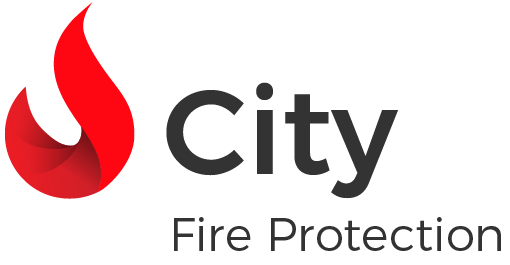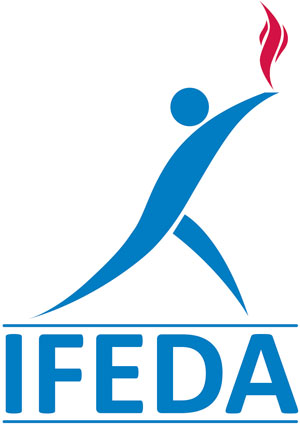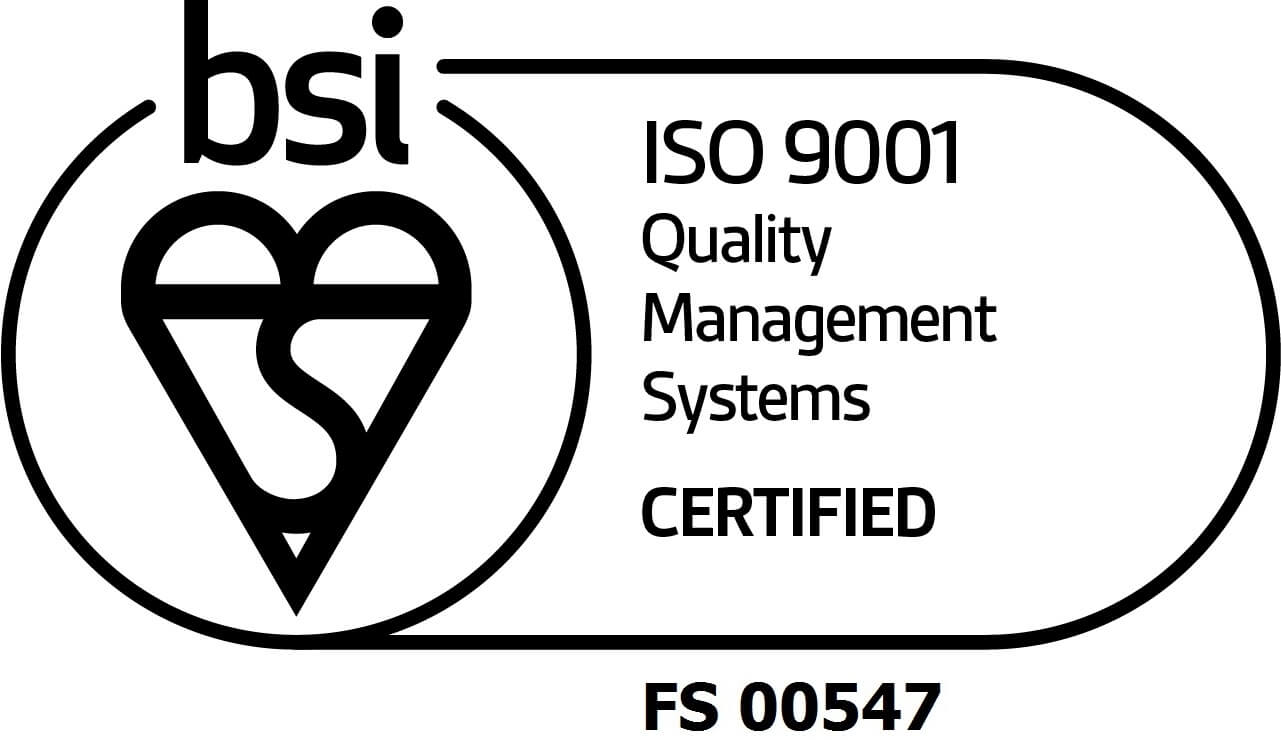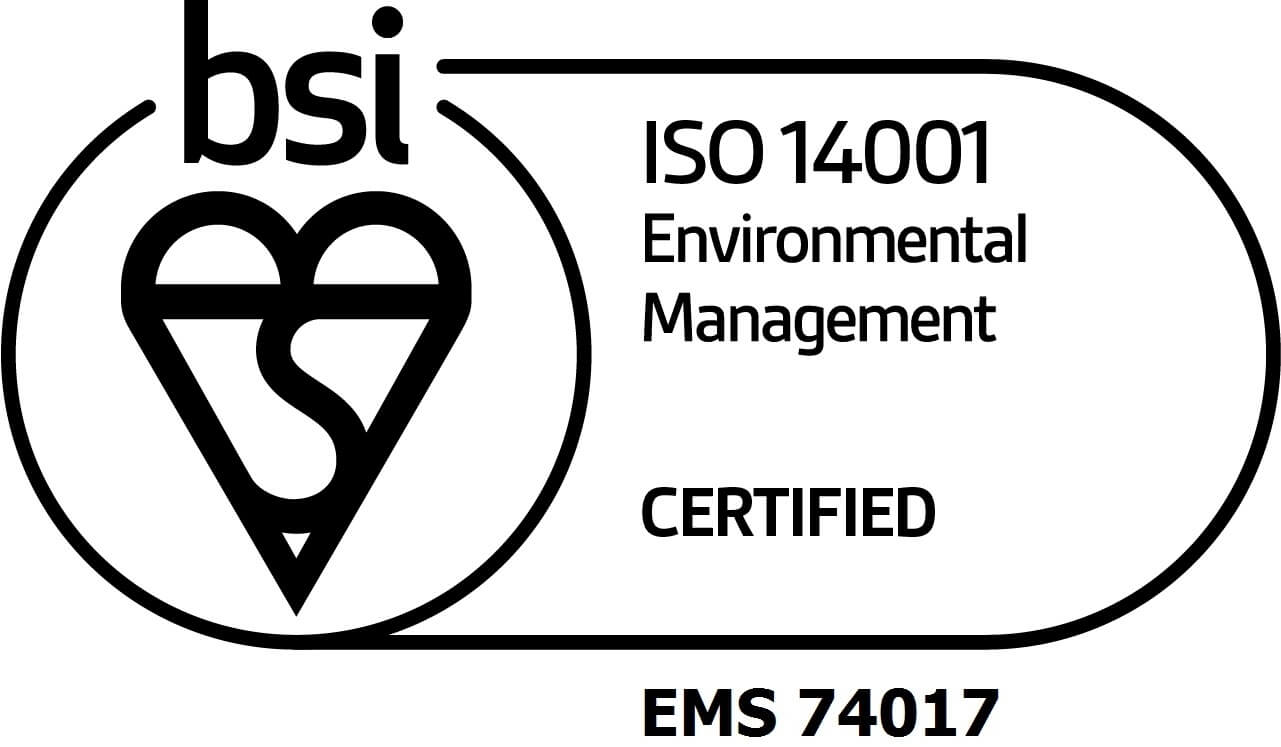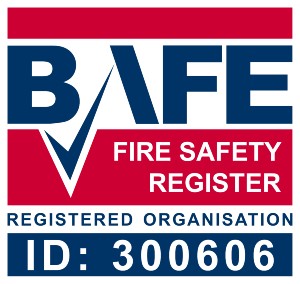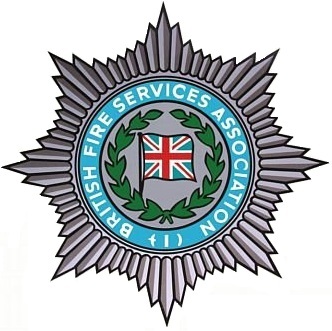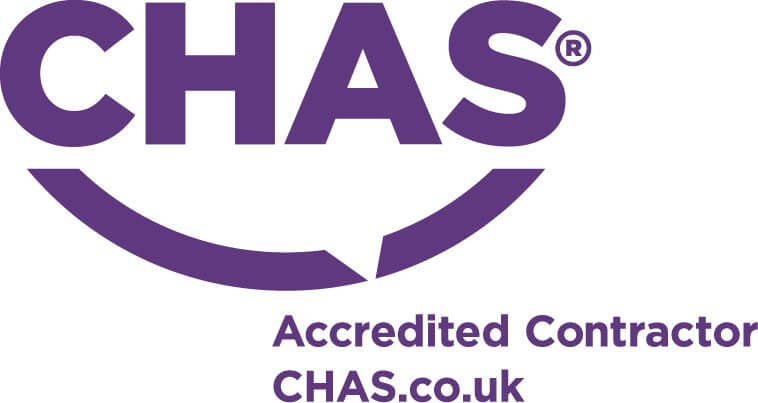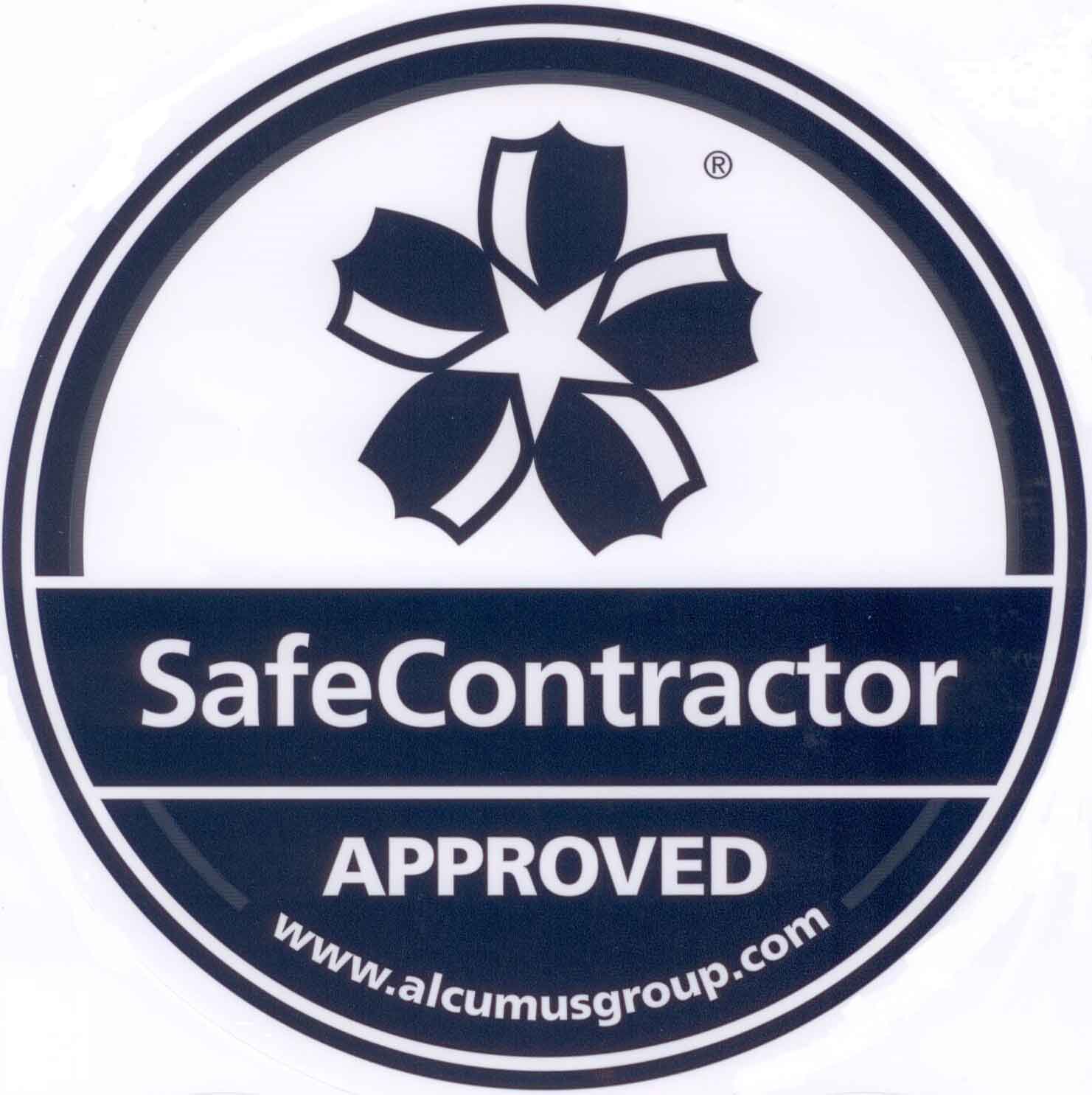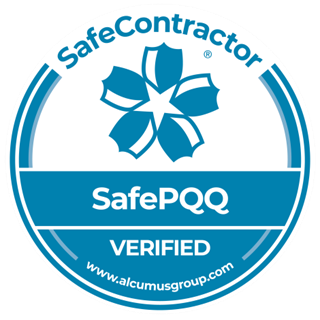Which Type of Fire Extinguisher Is Appropriate for Your Sector?
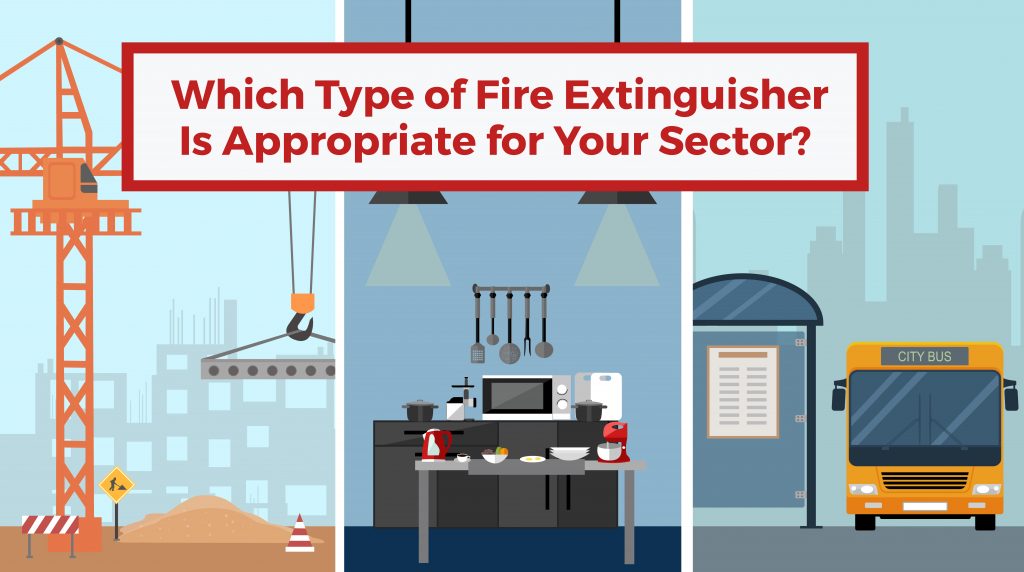
Fire extinguishers play a vital role in acting as the first line of defence against a fire. When used correctly, a fire extinguisher will protect your staff, your premises, and its contents against the devastating effects of fire. With this in mind, it’s imperative that you equip your building with the correct fire extinguisher for your sector and arm your staff with the knowledge on how to use them in the event of an emergency.
The type of fire extinguisher required for your business will depend on the nature of the work you do, while different sectors and working environments bring different fire risks. Using the wrong type of fire extinguisher can do more harm than good.
In this blog, we’ll break down the various types of fire extinguishers available and provide you with all the information you need to know to determine which type of fire extinguisher is appropriate for your sector.
What are the different types of fire extinguishers?
There are several different types of fire extinguishers available, each designed to combat specific classes of fires. The most common types include:
- Water extinguishers – distinguished by their red label, these extinguishers are suitable for Class A fires which involve ordinary combustibles like wood, paper, or fabric.
- Foam extinguishers – suitable for Class A and Class B fires, which involve flammable liquids, they’re identified with their cream coloured label.
- Dry powder extinguishers – these extinguishers are suitable on Class A, Class B, Class C (flammable gases), Class D (flammable metals), and electrical fires and are easily identified by their blue label.
- CO2 extinguishers – with their black label, CO2 extinguishers can be used on Class B and electrical fires.
- Wet chemical extinguishers – these extinguishers have a yellow label and are specifically designed for Class A and Class F fires which are kitchen fires involving grease or oil.
Having the correct fire extinguisher in your building can make a significant difference in managing a fire emergency safely. Choosing the right type of fire extinguisher for your sector involves conducting a fire risk assessment to assess the potential risks in your environment, allowing you to choose the appropriate tools to handle them effectively.
Which type of fire extinguisher is appropriate for your sector?
Here we breakdown some of the most common sectors we work with, the potential fire risks associated with those sectors, and guidance on the most suitable type of fire extinguisher for that environment.
Construction
Safety on a construction site is paramount and the fire risks encountered in this sector are more often than not different to the ones in an office environment for example. Some of the most common fire risks on a construction site include:
- Potential fire risks – materials found on-site such as wood, waste material, flammable liquids, and electrical fires
- Recommended fire extinguisher – dry powder
- Potential fire risks – cooking appliances such as deep fat fryers and cooking oils from on-site canteens or cooking facilities
- Recommended fire extinguisher – wet chemical
Education
From schools to universities, fire safety is vital no matter the size of the educational establishment. There are numerous potential fire hazards that can be found in educational buildings including:
- Potential fire risk – materials such as paper, wood, textiles, and plastics
- Recommended fire extinguishers – water, foam, powder, or wet chemical
- Potential fire risks – cooking appliances such as deep fat fryers and cooking oils from on-site canteens and cooking facilities
- Recommended fire extinguisher – wet chemical
- Potential fire risks – flammable gases found in science labs such as propane, butane, and methane
- Recommended fire extinguisher – dry powder
- Potential fire risk – open fires from Bunsen burners
- Recommended fire extinguisher – water
- Potential fire risks – electrical equipment in areas such as reception desk, science labs, IT suites etc.
- Recommended fire extinguishers – CO2, or dry powder
Factories and warehouses
The risks of fire in factories and warehouses are far greater than those found in a domestic or commercial building. This is largely due to the processes that take place and the materials used and stored. Some of the most common fire risks include:
- Potential fire risks – electrical equipment and machinery (including machinery faults)
- Recommended fire extinguisher – dry powder
- Potential fire risks – flammable substances such as petrol or paint thinners
- Recommended fire extinguishers – foam, CO2, or dry powder
- Potential fire risks – store room waste, and combustible materials such as wood, paper, or textiles
- Recommended fire extinguishers – foam, water, dry powder, or wet chemical
Hotels
Hotels themselves can contain a plethora of potential fire risks and the fact that these buildings are open to the public, means that fire safety becomes the number one top priority. Some of the most common fire risks found in hotels include:
- Potential fire risks – combustible materials including wood and paper from waste, or textiles such as clothing or bed linen
- Recommended fire extinguishers – foam, water, dry powder, or wet chemical
- Potential fire risks – flammable liquids such as alcohol or cleaning products
- Recommended fire extinguishers – foam, dry powder, or CO2
- Potential fire risks – flammable gases such as propane and butane, fuel heaters, pools and cookers
- Recommended fire extinguisher – dry powder
- Potential fire risks – cooking appliances and cooking oils from kitchen and restaurant areas
- Recommended fire extinguisher – wet chemical
Leisure centres
Leisure centres often contain a variety of machines and rooms that serve different purposes such as swimming pools, cafeterias, and sports halls. It’s vital to ensure fire safety in each and every room, specific to the potential fire risks for that area. Some of the most common risks found at leisure centres include:
- Potential fire risks – electrical appliances such as gym equipment, computers in reception areas, TVs, and vending machines
- Recommended fire extinguishers – CO2, or dry powder
- Potential fire risks – cooking appliances and cooking oils from kitchen areas and cafeteria areas
- Recommended fire extinguisher – wet chemical
Offices
No matter the size of your office, the attention to detail regarding fire safety should remain at the same high standard. It’s also important to ensure your employees are equipped with the knowledge of the processes and protocols in place to ensure maximum effectiveness. Some of the most common fire risks found in offices include:
- Potential fire risks – electrical equipment including wiring (especially if it’s faulty wiring) and overloaded power sockets
- Recommended fire extinguishers – CO2, or dry powder
Public sector
The public sector can consist of a variety of industries such as healthcare, law, and education for example. Whatever the company sector, the safety standards that are expected to be maintained are extremely high due to the number of potential fire risks. Some of the most common fire risks include:
- Potential fire risks – electrical appliances – these can differ from business to business but may include medical tools or IT equipment for example
- Recommended fire extinguishers – CO2, or dry powder
Retail
With thousands of people passing through your retail building every day, identifying potential fire risks and ensuring you have the correct tools installed and your staff is well trained in fire safety is vital. Here are some of the most common fire risks found in shops:
- Potential fire risks – cooking equipment and cooking oils from on-site cafes and restaurants
- Recommended fire extinguisher – wet chemical
- Potential fire risks – electrical equipment such as tills and computers
- Recommended fire extinguishers – CO2, or dry powder
- Potential fire risks – flammable clothing and textiles
- Recommended fire extinguishers – water, foam, dry powder, or wet chemical
- Potential fire risks – store room waste, and combustible materials such as wood and paper
- Recommended fire extinguishers – water, foam, dry powder or wet chemical
Sports grounds
On match days, sports grounds can be filled with hundreds of thousands of people which in itself creates a fire risk. But there are other potential fire risks that need to be considered including:
- Potential fire risks – flammable liquids such as alcohol or cleaning products
- Recommended fire extinguishers – foam, CO2, or dry powder
- Potential fire risks – store room waste and combustible materials such as wood, paper, or textiles
- Recommended fire extinguishers – water, foam, dry powder, or wet chemical
- Potential fire risks – cooking equipment and cooking oils from kitchen and catering areas
- Recommended fire extinguisher – wet chemical
- Potential fire risks – electrical equipment such as lighting fixtures, digital equipment, and HVAC equipment
- Recommended fire extinguishers – CO2, or dry powder
Transport
There is a huge variety of transport modes such as cars, commercial vehicles, HGVs, taxis, caravans and motorhomes, and public transport such as buses, trams, and coaches. All of these, including vehicle depots, must be protected from the threat of fire. Some of the most common fire risks in the transport sector include:
- Potential fire risks – flammable liquids such as petrol and diesel
- Recommended fire extinguishers – foam, CO2, or dry powder
When it comes to transport, it’s also important to consider storage temperatures, the legally required capacity of the extinguishers, and how they’re secured inside the vehicle to prevent damage during transit.
Speak to our experts for more advice
It’s clear to see that every sector is different when it comes to fire safety and choosing the right type of fire extinguisher is crucial for everyone’s safety and well-being. To help determine the right fire extinguisher for your building, a fire risk assessment should be carried out by professionals, like City Fire Protection, to determine not only the type of fire extinguisher, but also the location of the extinguisher.
For fire extinguishers, fire risk assessments, and fire maintenance services throughout London, Birmingham and across the UK, look no further than City Fire Protection. We are well-versed in fire safety management and can help businesses from all sectors stay compliant and protected. Contact us today to find out more.
Fire extinguisher FAQs
What are the different types of fire extinguishers?
There are five main types of fire extinguishers, each designed to fight specific types of fires:
- Class A – for ordinary combustibles like wood, paper, and cloth
- Class B – for flammable liquids such as petrol, oil, and paint
- Class C – for flammable gases such as butane and LPG
- Class D – for combustible metals such as lithium and potassium
- Class F – for kitchen fires involving cooking oils and fats
How often should fire extinguishers be inspected?
The recommended frequency for inspecting your fire extinguishers are:
- Monthly – a visual inspection should be done to ensure the extinguisher is free from any signs of damage.
- Annually – a more thorough professional inspection should be done by a certified professional.
- Every 6-12 years – depending on the type of extinguisher, it may need a hydrostatic test or replacement.
How long do fire extinguishers last?
Fire extinguishers typically last 5 to 15 years, but they should be inspected regularly to ensure they’re still effective. After that time, or if they show signs of damage, they may need to be replaced.
